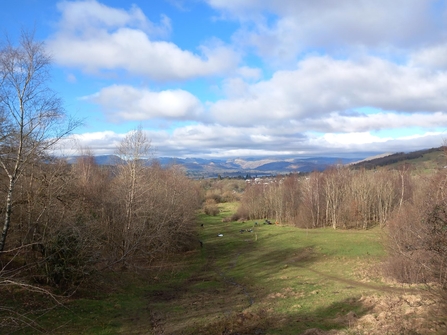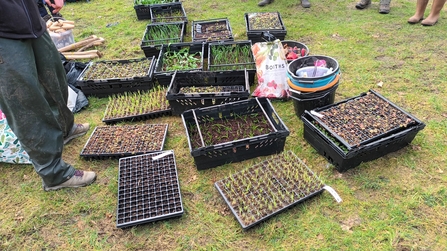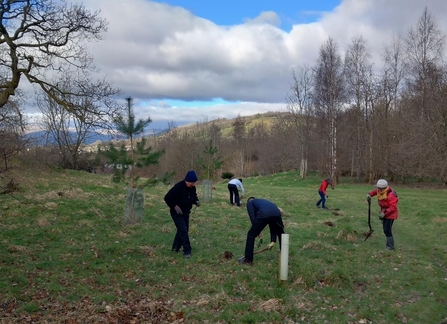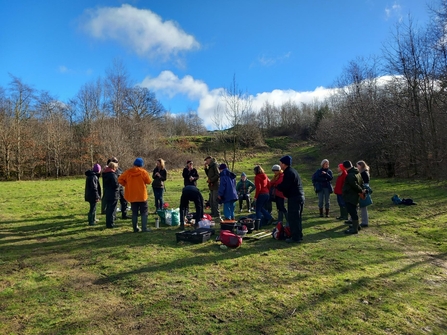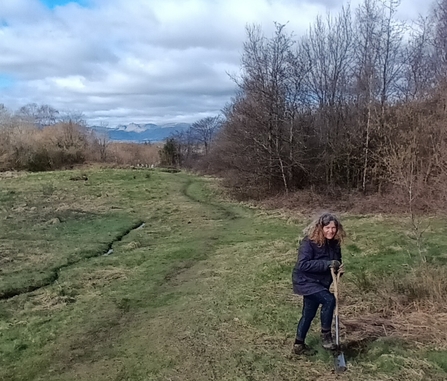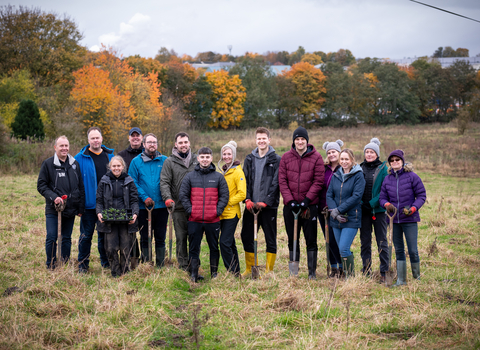Evidence from the last 50 years suggests that the UK’s pollinating insect populations have fallen by 50% or more.
The primary cause of the decline in wild bees and other pollinating insects is the loss of flower rich habitat (source: Department for Environment Food & Rural Affairs).
Building on the work of the
The Planting for Pollinators project aims to reverse pollinator decline in Cumbria and thanks to this new funding we are carrying out pollinator friendly works in Barrow, South Lakeland and Copeland areas of Cumbria, creating pollinator friendly habitats in community spaces.
Starting in summer 2023 Cumbria Wildlife Trust's aim has been to create or restore approximately 9 hectares of habitat across 25 different sites, completing by April 2024.
Pollinator-friendly habitats include hedges, species rich grassland, scrub, deadwood, banks, glades, flower rich gardens and woodland glades/rides.
One of the restored sites is native woodland at School Knott, Windermere. The site is found on the busy walking route from Staveley to Windermere and as you drop into Windermere, you pass through School Knott Community woodland.
The site was originally deforested for war efforts, then became grazing land, before being replanted by the local community in the new millennium. The site was nominated to be a Planting for Pollinators project by the Westmorland and Furness council.


